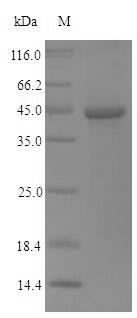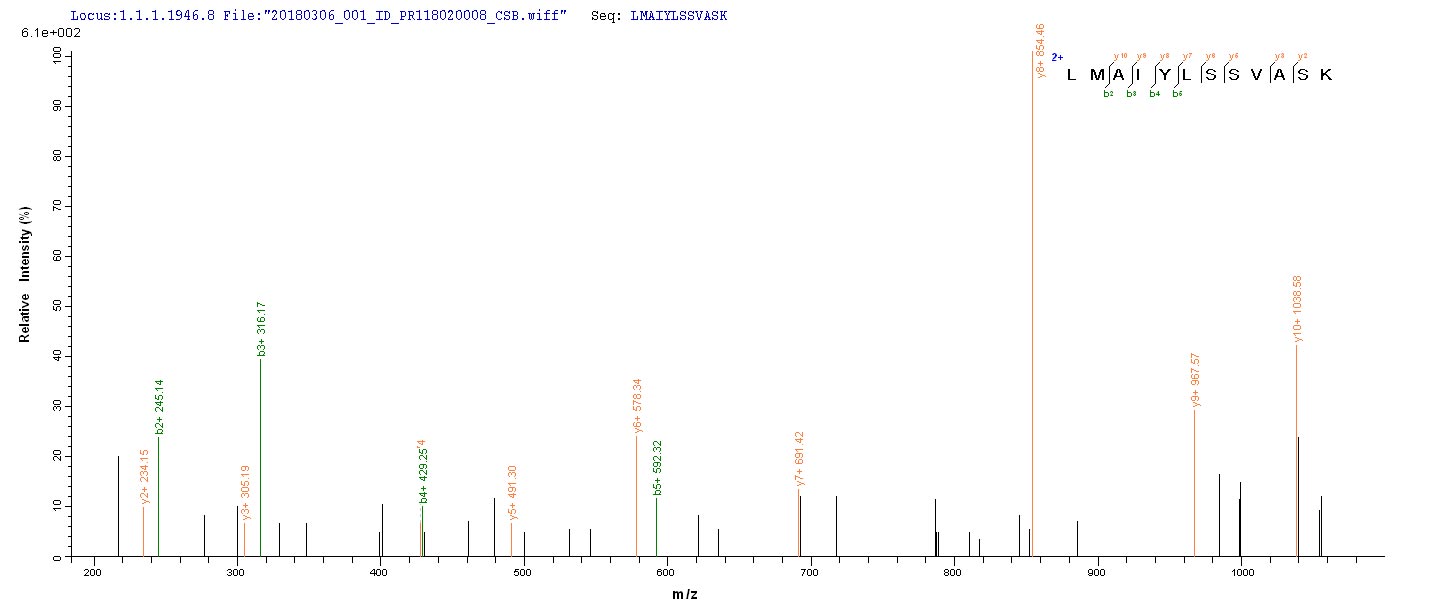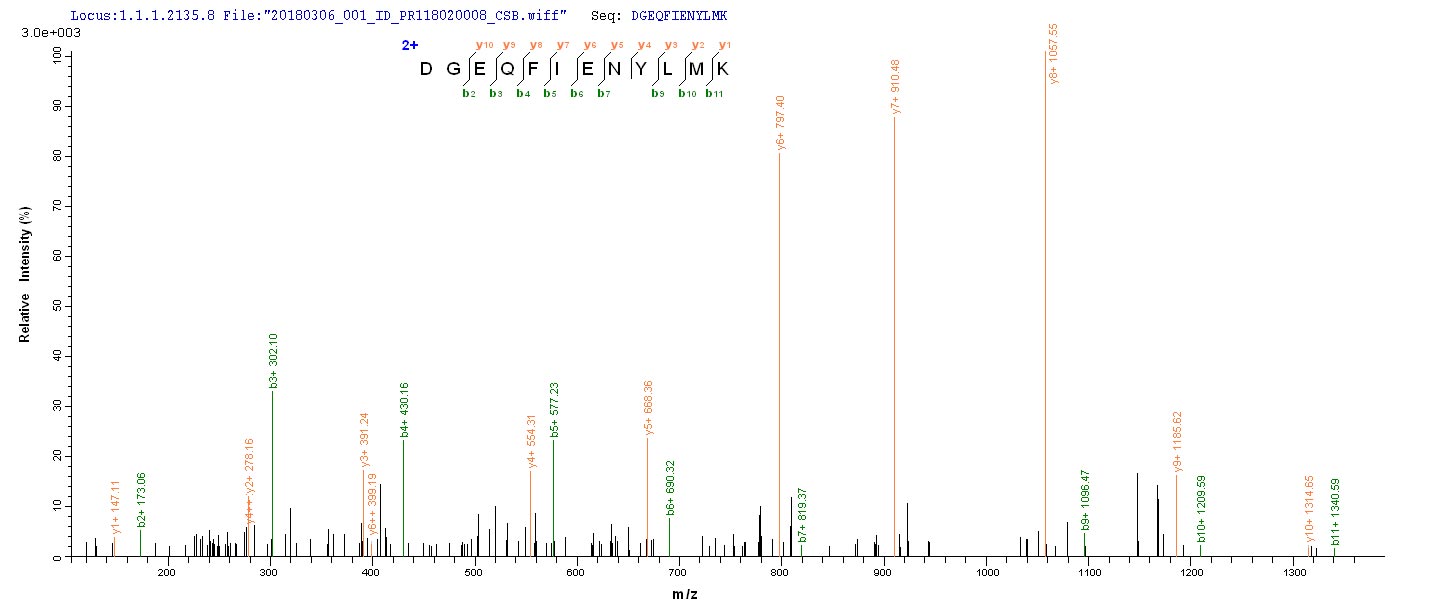The production of this recombinant HPV B19 NS1 protein is just like all recombinant proteins. The process involved transfecting E.coli cells with DNA vector containing the template of recombinant DNA. The E.coli cells containing the template were then cultured so that they could transcribe and translate the NS1 protein. N-terminal 6xHis-SUMO tag was used in the process. The purity is 0.9 determined by SDS-PAGE.
The non-structural protein 1 (NS1) of human parvovirus B19 plays a critical role in viral DNA replication, which performs many diferent functions during the virus life cycle. NS1 of parvovirus B19 induces cell death by apoptosis in at least erythroid-lineage cells by a pathway that involves caspase 3, whose activation may be a key event during NS1-induced cell death. Some studies showed that have shown that NS1 initiates apoptosis by activating caspase 3 (but not caspase 1) in a manner which is deferent from the IL-6 activation pathway. The cytotoxicity of NS1 in such cells results from chromosomal DNA damage caused by the DNA-nicking and DNA-attaching activities of NS1. Studies have been shown NS1 covalently binds to cellular DNA and is modiied by PARP (Poly ADP ribose polymerase), an enzyme involved in repairing single-stranded DNA nicks.








